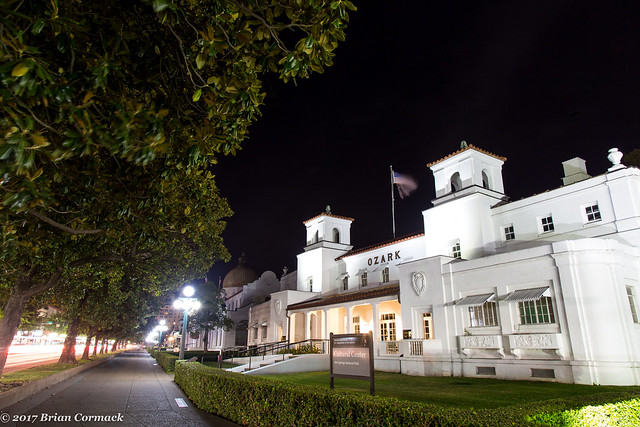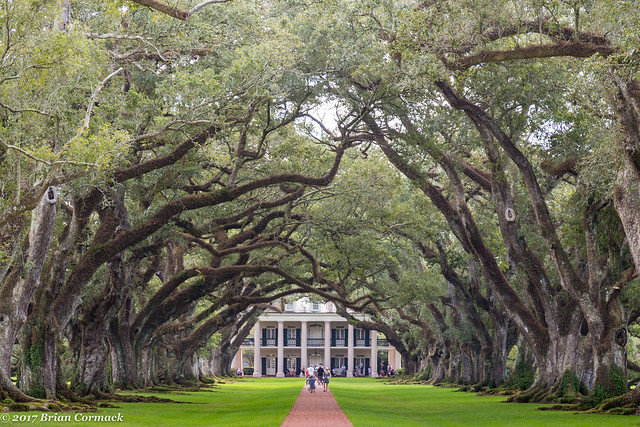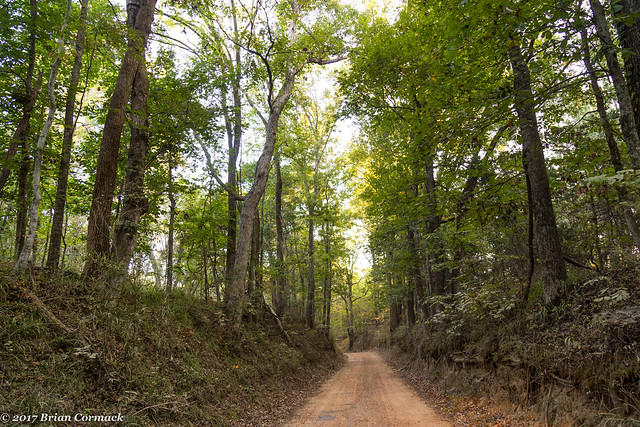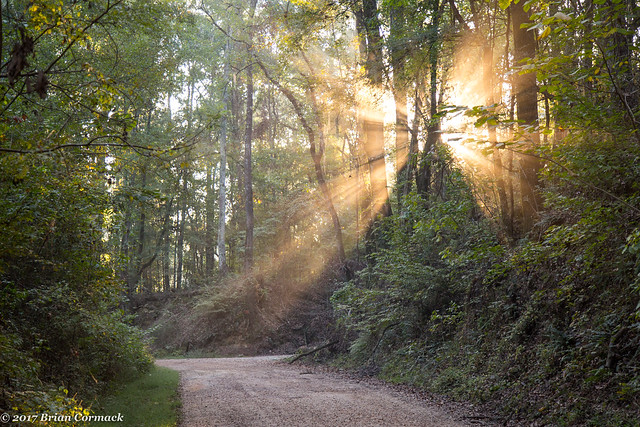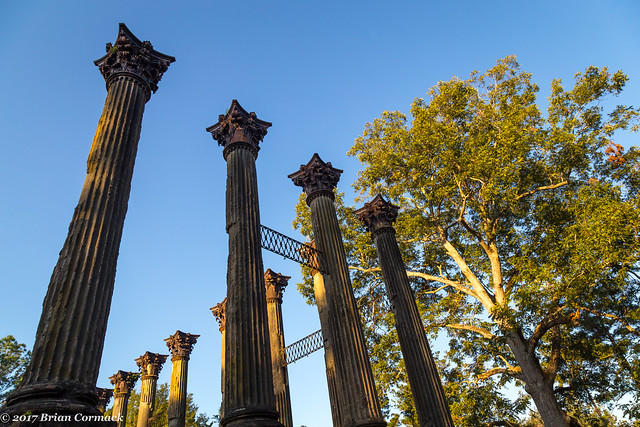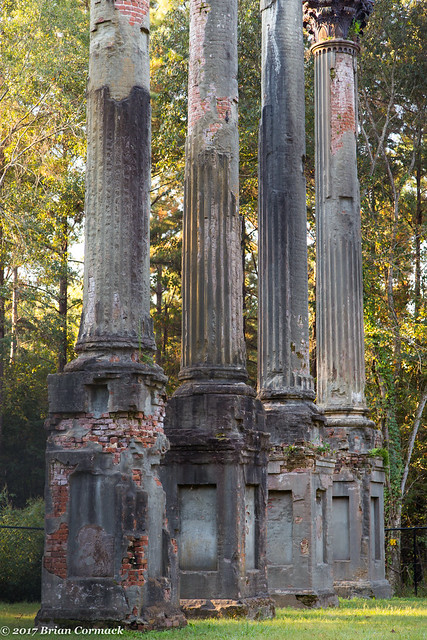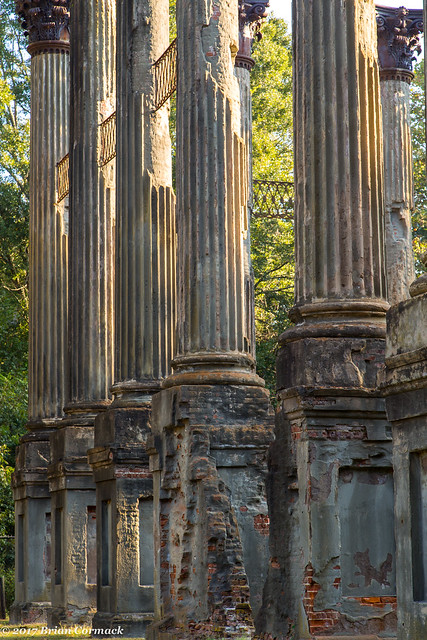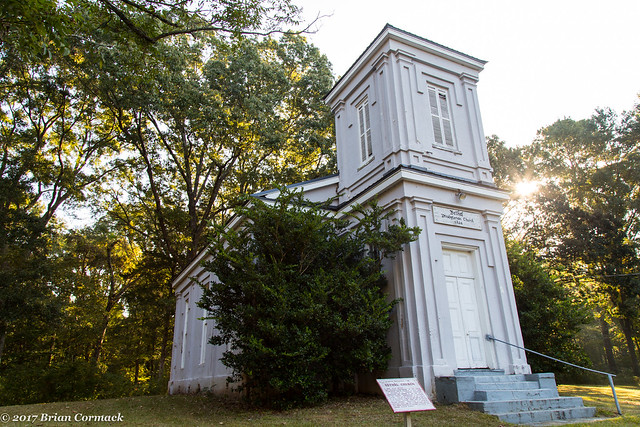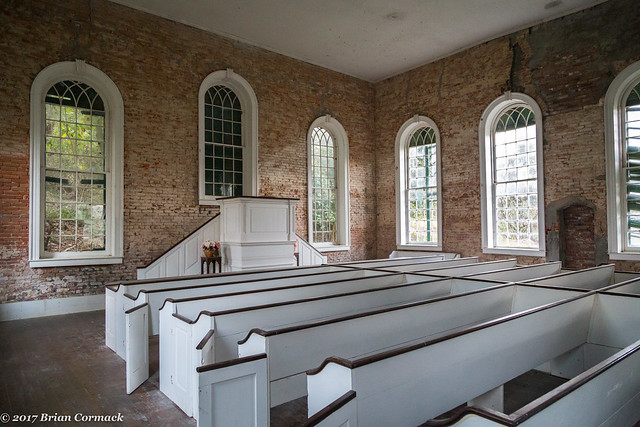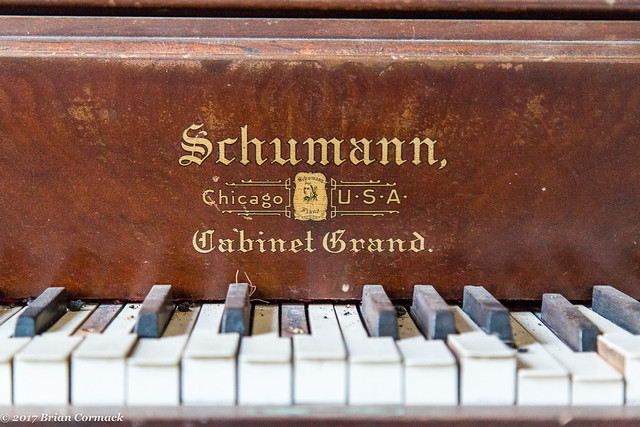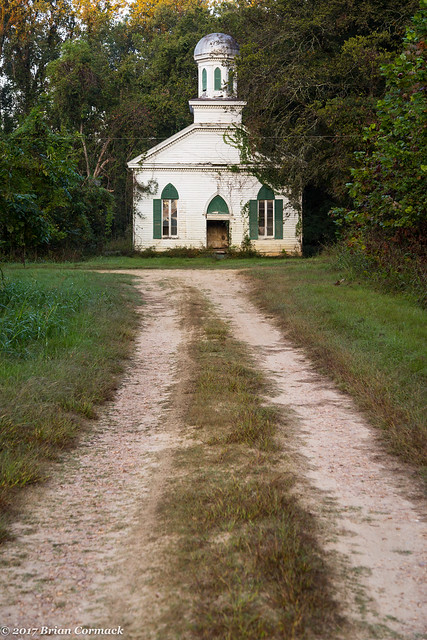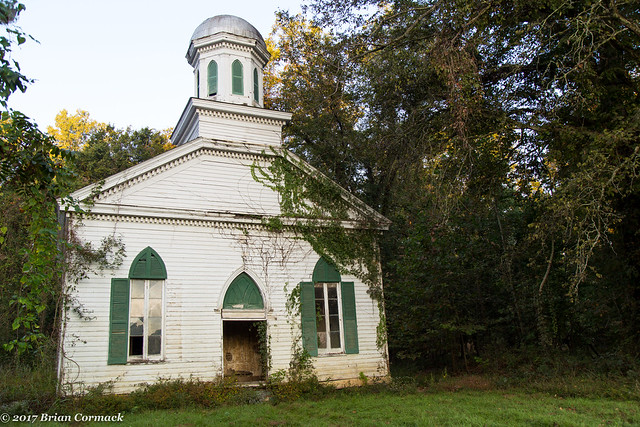Hot Springs has to be one of the most architecturally diverse cities in the state. For being a fairly small city, the sheer number of historic buildings here is staggering (though not as many as it could be, too many have been torn down). But it is also one of those places that you can always find something interesting to get pictures of, so I eagerly headed down there a few weeks back with the camera.
Just outside of the city is the old Chewaukla Bottling Factory, which was built in the 1930s but closed in the 1980s. It is abandoned and falling apart, sitting nearly hidden in the woods.
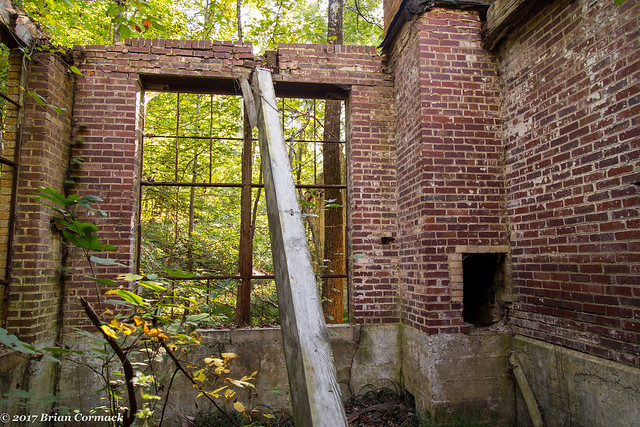
The ruins are built around five springs, which have been popular for centuries (legend has it that Native American tribes had medicinal cabins here. The name Chewaukla means "sleepy water"). Sometime in the 1930s, this brick building and some smaller gazebos were built to help lure in tourists to taste the waters.
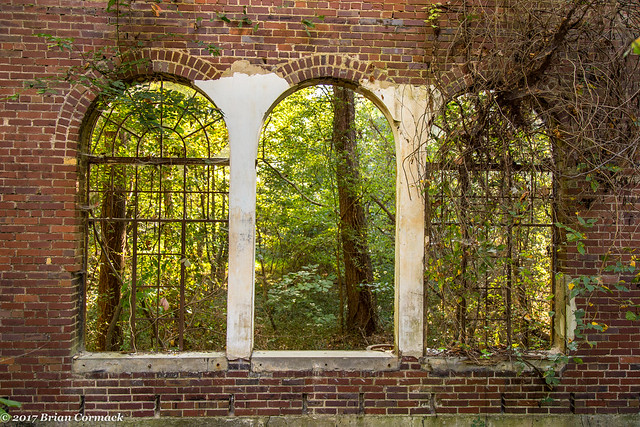
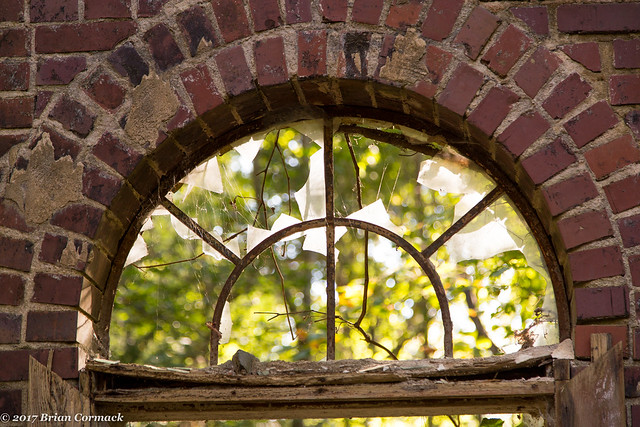
The building has now been abandoned for several decades, the brick walls are crumbling and the roof is long gone.
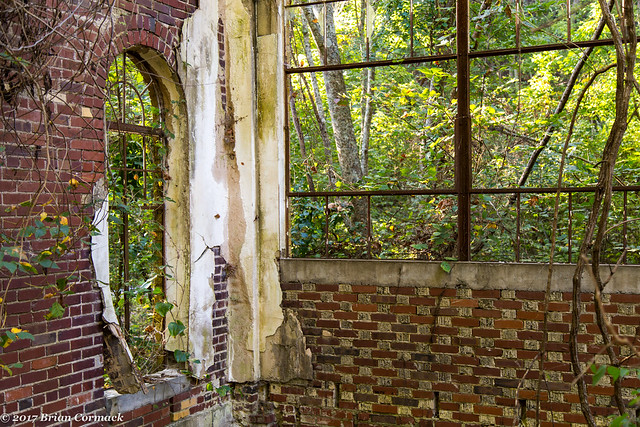
Just down the road is the old Whitely Mill, which was built in 1921 and was used to power electricity for a nearby house.
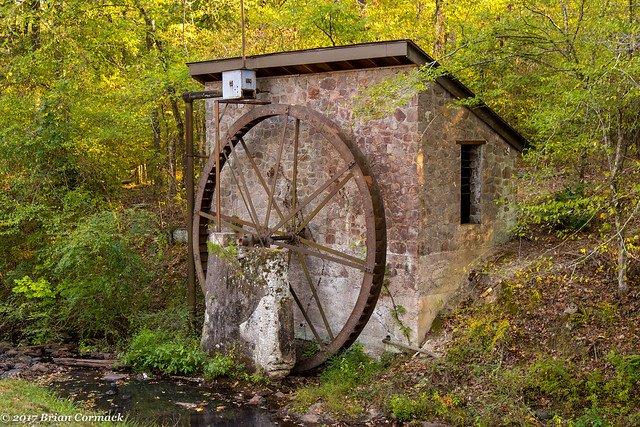
From there I headed into downtown Hot Springs and stopped by the old Knickerbocker Hotel. The hotel was built sometime around 1900, and catered exclusively to Jewish tourists and residents. But it too also eventually shut down and the building is abandoned (though it has been listed for sale recently).
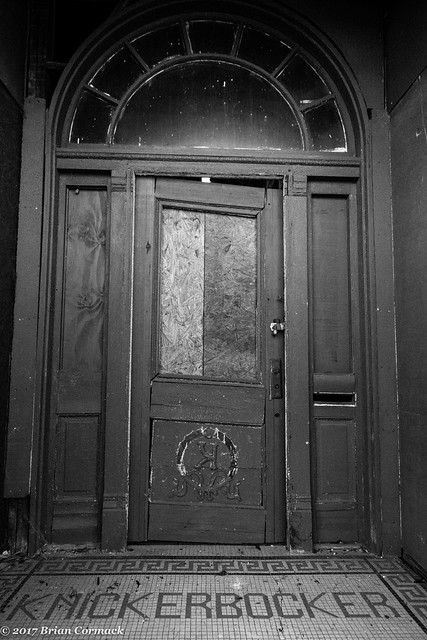
From there I visited the wonderful Superior Bathhouse Brewery to sample a few drinks, and then headed out at dusk to get a few more pictures. This is looking down Central Avenue towards the Medical Arts Building and the Arlington Hotel. The Medical Arts Building is one of my
favorite buildings in Hot Springs, it was built in 1930 but has been mostly abandoned now since the 1990s. On the right is the Arlington Hotel, which was built in 1924 and is still the largest hotel in the state (though it is starting to show its age, but a new owner has come in and promised to bring the hotel back to her former glory).
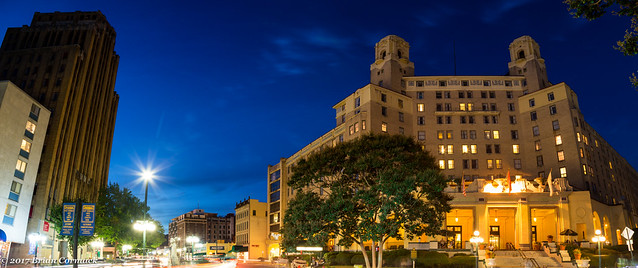
And a closer view of the Arlington:
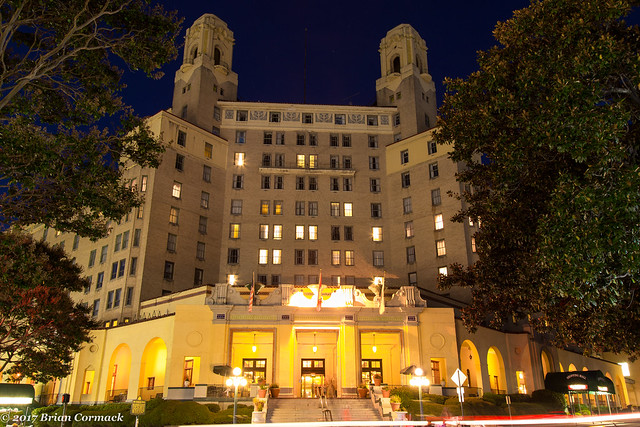
And another view of the old Medical Arts Building. While I was taking this, someone walked by and asked if I was trying to take pictures of ghosts.
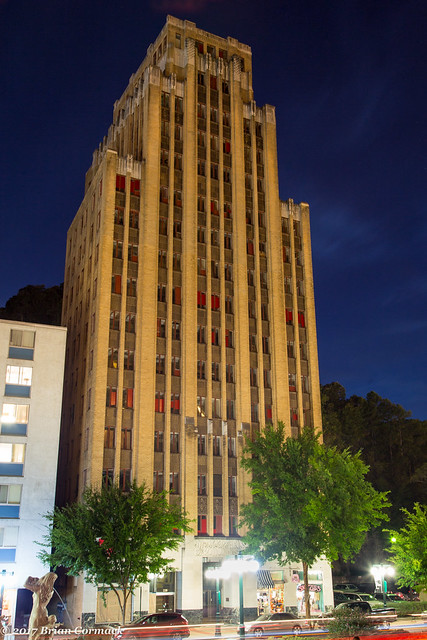
I headed along Bathhouse Row in the National Park and stopped to get a shot of this view of Central Avenue. Here is the old Thompson Building, which was built in 1913 by the same architect who also designed the Arlington Hotel, the Ozark Bathhouse, the Arkansas State Capitol and Little Rock Central High. The upper floors of the building had been vacant for decades until they were recently converted into a hotel which opened earlier this year.
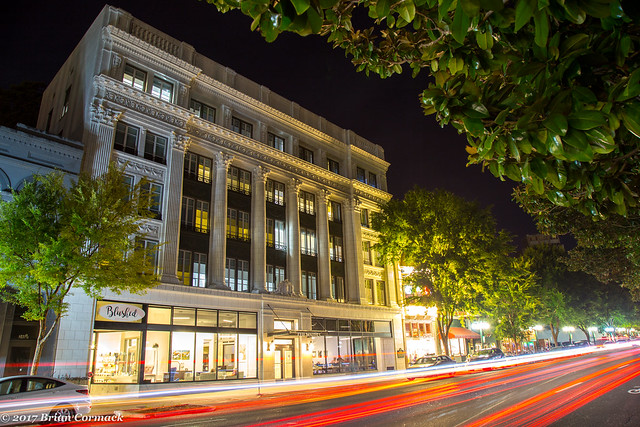
Further down Bathhouse Row is the Buckstaff Bathhouse, which was built in 1912. Of the eight bathhouses along Bathhouse Row, the Buckstaff is the only that has remained in operation since it opened. All the others eventually closed when people stopped taking medicinal baths (and after the state made the city shut down the illegal casinos that used to operate across the street).
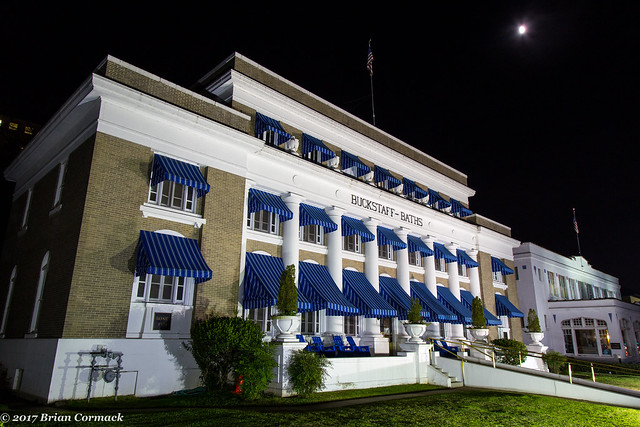
At the end of Bathhouse Row is this small fountain, which sits in front of the National Park Service's Administration Building (which was built in 1936). Looming in the background is the old Army and Navy Hospital, which was built in the 1930s.
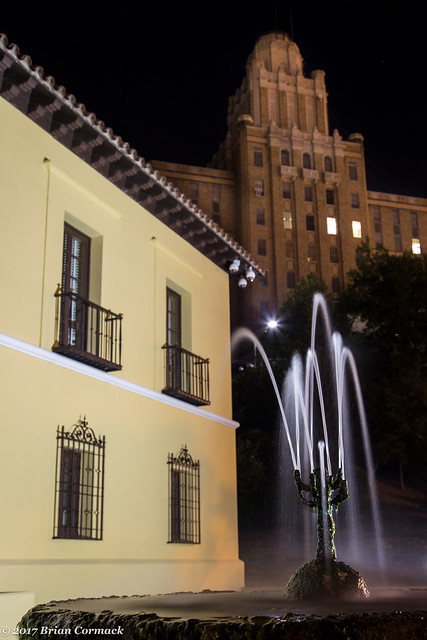
Hot Springs is a neat city, and I've always enjoyed my time while visiting there. But for all of its charms, Hot Springs can be a frustrating place. It has such a great amount of history, but then so many buildings downtown are abandoned and empty. And I hate to say it, but there is a certain bit of trashiness there that can sometimes bubble up to the surface like spring water. This sadly became apparent when I was out taking pictures that night along Central Avenue. As I was standing by the camera and tripod, someone in a car driving by yelled out a particularly nasty slur at me (I don't want to repeat it here, but it begins with an f and is seven letters long). Which was really just more disappointing than anything. I'm sure whoever did it was only trying to think of something crazy to yell at tourists that night, and I was just an easy target. But for a city that is trying so hard to attract tourists and redevelop its downtown, it's a shame that things like this happen.
Anyways, this is the shot I was trying to get while people were yelling things. It's a view of the Ozark Bathhouse (built in 1922 and now a fancy spa), and the tall magnolia trees that line the sidewalk. After that I decided it was time to head back to the car and get back home to Little Rock.
